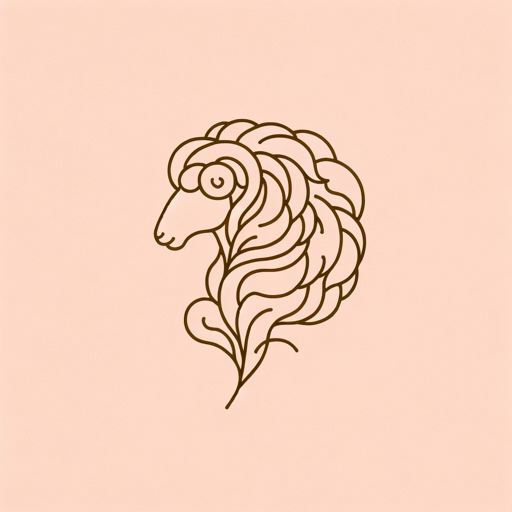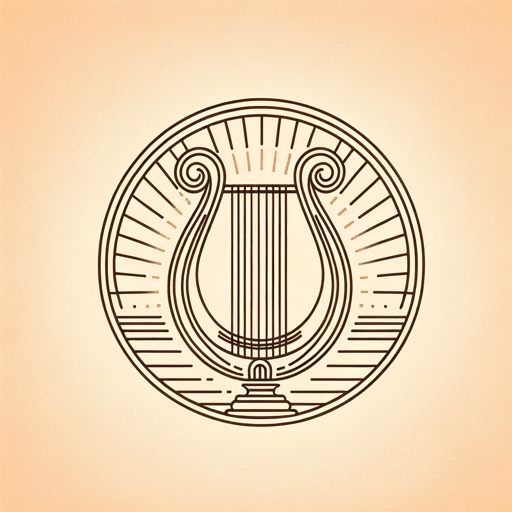20 pages • 40 minutes read
OvidPyramus and Thisbe
Fiction | Poem | Adult | Published in 8A modern alternative to SparkNotes and CliffsNotes, SuperSummary offers high-quality Study Guides with detailed chapter summaries and analysis of major themes, characters, and more.
Summary and Study Guide
Overview
“Pyramus and Thisbe” is an episode from Book 4 of the Metamorphoses, an epic poem published by the Roman poet Ovid in 8 AD. In contrast to the epics of Ovid’s contemporaries (like Virgil’s Aeneid), the Metamorphoses does not focus on a single, cohesive narrative. Rather, Ovid takes as his theme “bodies changed to other forms” (Book 1, Line 1) and fittingly, his Metamorphoses is a work in constant state of change. Its 15 books assemble a series of over 250 independent stories, linked loosely together in a continuous flow of words. Thus the text of Ovid’s poem meta-poetically reenacts its theme: transformative metamorphosis.
While Ovid treats a wide variety of topics in his epic, “Pyramus and Thisbe” is representative of his special fondness for love stories. The Ur literary portrait of star-crossed lovers, “Pyramus and Thisbe” has enjoyed a reliable degree of popularity from antiquity to the present day. Preserved images of Pyramus and Thisbe can be found on the walls of Pompeii, and the story remains a popular choice for modern anthologies of Roman myth.
The importance of “Pyramus and Thisbe” as a literary model for tragic love stories cannot be overstated. Some of the most influential authors of the western tradition—including Geoffrey Chaucer, Dante Alighieri, and William Shakespeare—either adapted the myth directly or were strongly influenced by it. Chaucer, the greatest English poet of the Middle Ages, faithfully treated the tale as The Legend of Thisbe in his 14th century work The Legend of Good Women. Dante Alighieri references, reworks, and inverts “Pyramus and Thisbe” constantly in his Italian narrative poem The Divine Comedy. And the Elizabethan playwright William Shakespeare rocketed the myth to new levels of success, referencing it heavily in two of his most beloved plays: A Midsummer Night’s Dream and Romeo and Juliet.
This guide refers to A. D. Melville’s 1986 translation of the Metamorphoses for the Oxford World’s Classics series.
Poet Biography
Publius Ovidius Naso, known in English as Ovid, was born in Sulmona, Italy, on March 20, 43 BCE. Initially Ovid followed the typical career trajectory for young Roman men of means: A top-notch rhetorical education in Rome set him up for a successful future in law and politics. But after holding several minor posts, Ovid turned his back on the political life. In his late teens he declared his intent to become a poet, much to the disapproval of his father.
In 25 BCE, at just 18 years of age, Ovid held his first public recitation of poetry in Rome. He rose to success quickly, making important connections with the posh literary circles of Messalla Corvinus and Maecenas—Maecenas being the cultural guru for Rome’s first emperor, Augustus. Augustus’s emphasis on reviving the arts and culture scene in Rome enabled Ovid’s meteoric rise to success.
But in 8 AD, just after Ovid completed the Metamorphoses, his fortunes took a sudden turn. Augustus banished him to Tomis, a provincial city on the Black Sea in modern day Romania. While this relegation did not represent a traditional Roman exile—Ovid likely retained his properties and citizenship—the poet was permanently banned from the city of Rome.
Ovid attributes his exile to carmen et error, “a poem and a misstep.” While the true reason for the banishment remains a mystery, there are two strong contenders. First, Ovid’s raunchy poetry may have been offensive to Augustus’s moralistic agenda (for more on this, see Historical Context). Second—and more likely—rumor had it that Ovid played some role in a scandalous affair involving the emperor’s granddaughter, Julia Minor.
Whatever the reason for the exile, the ramifications were severe. A consummate urbanite, Ovid languished for a decade in the backwaters of the Roman world. Despite his many pleas for forgiveness to Augustus and Augustus’s successor, Tiberius—pleas preserved in his final works, Tristia and Epistulae Ex Ponto (Sorrows and Letters from the [Black] Sea)—the poet was never permitted to return to Rome. He died in Tomis in 17 or 18 AD at around the age of 60.
Poem Text
Ovid. Translated by A. D. Melville. Oxford World’s Classics. Metamorphoses. 1986. Oxford University Press.
Summary
Ovid opens Book 4 of his Metamorphoses in the Greek city of Thebes, where the daughters of the impious Minyas are sharing stories as they weave. After sifting through a few other eastern myths, the first daughter—who remains unnamed—settles on the myth of Pyramus and Thisbe, which she “liked the best, because the tale / Was far from widely known” (Line 54). Her story will explain why the berries of the mulberry tree—which were originally white—are now a deep purple-red.
At Line 55, the story begins proper. A handsome young man and lovely young woman, Pyramus and Thisbe, are neighbors in the Mesopotamian city of Babylon. Their proximity to each other sowed the seeds of friendship, then love, but their fathers forbade them to be married. Parental opposition is the first obstacle to the lovers; more frustrating still is a physical barrier, a wall, which separates their families’ properties and keeps them apart.
But Pyramus and Thisbe’s passion cannot be contained; “Their fire the more concealed, the fiercer raged” (Line 65). They discover in a small hole in the wall—“what does love not see?” (Line 69)—and use it to communicate with each other in secret. Pyramus and Thisbe kiss the wall as a poor substitute for kissing each other, even addressing it as if it were a person. They both hate and love the wall: it allows them to communicate, but also keeps them apart.
A poetic couplet describes the break of dawn (Lines 82-83). Tired of their physical separation, Pyramus and Thisbe hatch a plan. That evening, they will run away together, meeting up at a mulberry tree and lovely spring near Ninus’ tomb. Ovid poetically describes the setting of the sun (Lines 91-92).
Thisbe sneaks out first and successfully makes it to the rendezvous point (“Love made her bold,” Line 96). But as she waits for Pyramus to arrive, a thirsty lioness approaches the spring. Dropping her veil in flight, Thisbe takes shelter in a cave. The lioness, her jaws bloody from a recent kill, mauls her veil.
Pyramus arrives on the scene. Aghast, he finds the veil and believes that lions killed Thisbe. He takes the blame on himself and asks the lions of the area to rip him apart too—but the moment requires action (“Yet but to wish for death’s a cowardly thing,” Line 116). Sitting under the mulberry tree, Pyramus tearfully apologizes to Thisbe’s veil and stabs himself with his sword. The arterial spray strikes the fruit of the mulberry tree, changing the berries from white to red.
Thisbe returns just in time to take Pyramus in her arms before he dies. Pyramus opens his eyes when he hears her name, then passes away. Thisbe laments his death and addresses their absent fathers and the gods, begging them to bury their bodies together and to allow the mulberry berries to stay red in commemoration of their love. She kills herself with Pyramus’s sword.
The poem concludes briefly, but positively: Pyramus and Thisbe’s ashes are interred in a shared urn, and the mulberry tree’s berries are red to this day.
Related Titles
By Ovid




